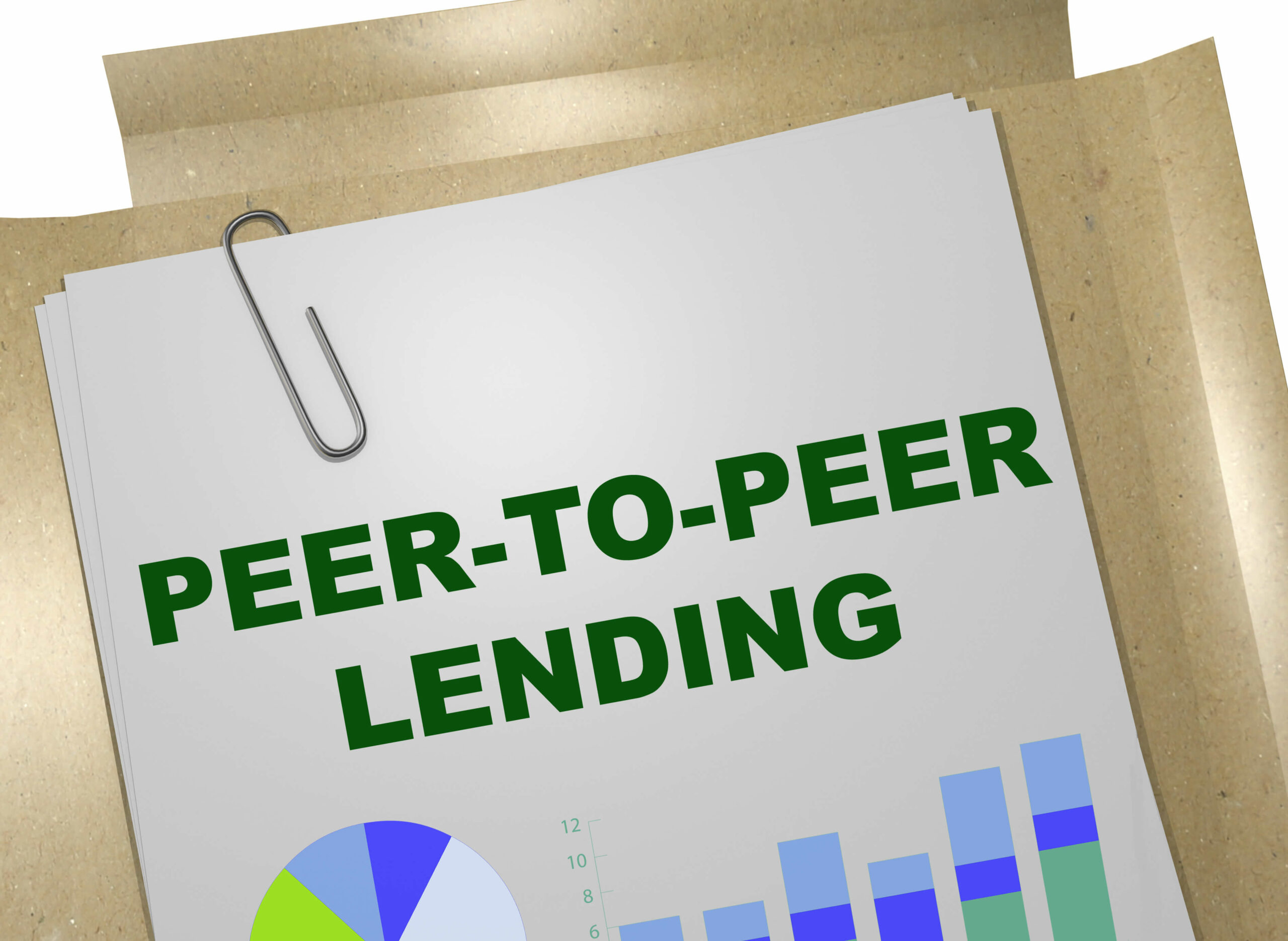For several decades, traditional lending was the main go-to for borrowers. But, thanks to technology,alternativelending methods have provided other avenues for loan access.
In the past, cash-strapped borrowers needed to jump through a lot of hoops imposed by financial institutions just to access more funds. Online lending has opened more doors to them, and to investors who are willing to lend their cash, for minimal fees.
Hence, both borrowers and investors have benefitted from peer-to-peer (P2P) lending in different ways. But, as with other investments, it does come with certain concerns. Here are the pros and cons of investing in P2Plending:
How Does P2P Lending Work?
Peer-to-peer lending only started to existin the early part of 2000, butbecame a million-dollar industry about two decades later. According to Allied Marketing Research, P2P lending is projected to grow to around USD$ 559 billion in 2027.
Also called social lending or crowd lending, part of its appeal comes from the fact that a borrower is connected by a platform to a lender,who’s a ‘human being.’ This is different from financial institutions, which most equate to heartless sharks.
The process starts with borrowers creating an account in a P2P platform of their choice, and then submitting a loan application. The best peer to peer lending sites will study thedocuments closely and ‘match’ the lenders with investors whose investment objectives align with the borrowers’ needs.
4 Benefits Of Investing In Peer-to-Peer Loans
There are many investment options available on the market today—real estate, stocks,bonds, mutual funds. But, seasoned financial players always advise diversifying portfolio to cushion the impact of unforeseen sector downturns. Thus, pouring a portion of your hard-earned savings to P2P investment may be a lucrative move for the following reasons:
FastInvestor Sign-Up
Because everything about peer-to-peer lending is done online, it’s easy to create an investor account online. It’s also easy to fund your account and choose appropriate investments.
Diverse P2P platforms have different requirements, but they’re typically easy to comply with. For instance, most require an appropriateness or understanding test that would help them understand how the platform works, as well as the risks involved. Some sites also set a specific amount for fresh investors within their first year.
Allows For Small And Diverse Investment Strategies
With P2P platforms, an investor has the option to fund an entire loan application or invest part of it. Apps typically offer investments in notes, which represent certain amounts. Each investor can fund as low as USD$25 for a single loan.
As an investor, you can choose to take high grade loans, or those with less risk due to borrowers’ high credit score, or take only low-grade lending for slightly riskier loans, but with higher interest loan rates.
May Offer Higher Rates Than OtherInvestments
Because P2P platforms don’t have high operational costs, skipping payments for office rentals, personnel payroll, and other expenses, they can offer competitive rates as compared to traditional lending firms, such as banks.
According to online sources, one of the leading P2P platforms reported an average annual return rate of up to 7%.
Provides Fixed Income
As a form of lending investment, P2P facilitates receipt of monthly payments and interest rates from borrowers.
By employing specific investment strategies, you can increase your investment returns for long periods. For instance, instead of focusing on one high-yielding loan, consider funding other types of loans. Or, re-invest your proceeds after receiving the payments instead of withdrawing from your account.
3 Drawbacks ToInvesting In Peer-To-Peer Loans
There are disadvantages to investing in P2P lending. Few of these pitfalls are the following:
You May Need to Seek Accreditation
Some states require P2P lending investors to have some level of experience and have better financial stability. As such, they require only accredited investors to qualify. An accredited investor per Securites and Exchange Commission (SEC) has atleast USD$200,000, or with combined spousal income of USD$300,000, running for at least three years. They should also have a net worth of more than USD$1million.
There’s More To Know About P2P Platforms
Because it’s so easy to create P2P platforms online, it can be quite hard for government regulatory bodies to supervise all lending apps. Some fly-by-night apps don’t provide accurate data and company information. This makes auditing transactions highly challenging. Worse,this could mean that in case of bankruptcy, you may not be able to recover your investments.
So, always perform due diligence—conduct research and verification about a specific app before investing in it.
Investments Are Not Typically Liquid
P2P investors are often required to hold on to their notes until a borrower’s loan is fully paid. In some cases, it may take up to five years.
If you need emergency cash, you typically won’t be able to convert your notes to cash, as there are no established markets to sell your investments to. It’s very rare to find buyers, typically through third-parties, who take advantage and offer to buynotes at extremely low costs.
The Bottom Line
A prospective P2P lending investor should weigh all the pros and cons of funding these loan types before signing up.While there are generally high returns expected, there arerisks involved in peer-to-peer lending, too.

Krishna Murthy is the senior publisher at Trickyfinance. Krishna Murthy was one of the brilliant students during his college days. He completed his education in MBA (Master of Business Administration), and he is currently managing the all workload for sharing the best banking information over the internet. The main purpose of starting Tricky Finance is to provide all the precious information related to businesses and the banks to his readers.





